Table of Contents
Introduction to Rib Meat
Rib meat is a premium cut from the rib section of animals like beef, pork, and lamb, prized for its rich flavor, marbling, and tenderness. Whether you're a home cook or professional chef, understanding rib meat's characteristics and proper preparation techniques is essential for achieving restaurant-quality results. This article provides a comprehensive guide to what rib meat is, its different types, cooking methods, and buying tips.
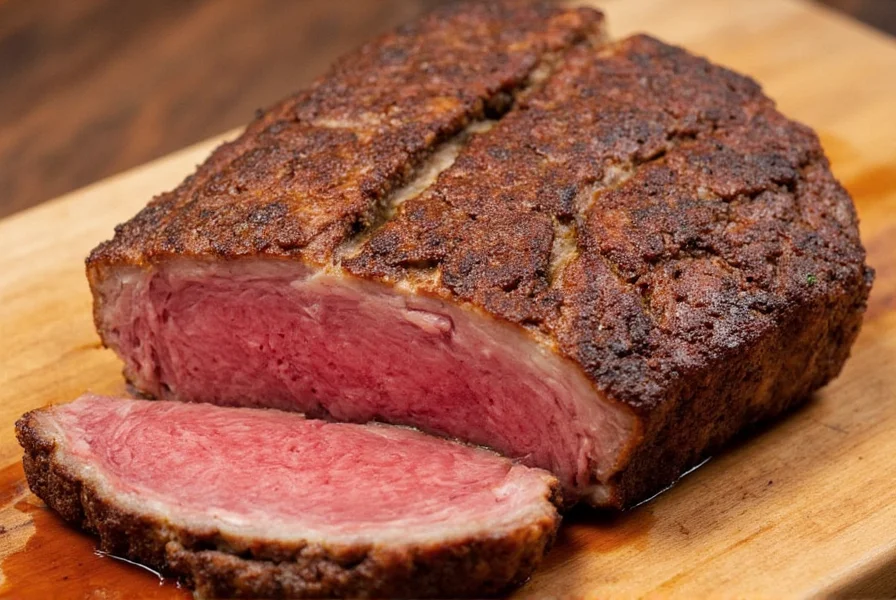
Types of Rib Meat
Understanding the different types of rib meat helps you choose the right cut for your cooking needs. Here are the main varieties:
Beef Ribs
Beef ribs come from the rib cage of cattle, typically ribs 6-12. They're categorized as short ribs (from the chuck or plate section) or back ribs (from the loin section). Beef short ribs are meatier with more connective tissue, perfect for slow cooking, while back ribs are leaner and ideal for grilling. Properly cooked beef ribs develop deep, rich flavors with melt-in-your-mouth tenderness.
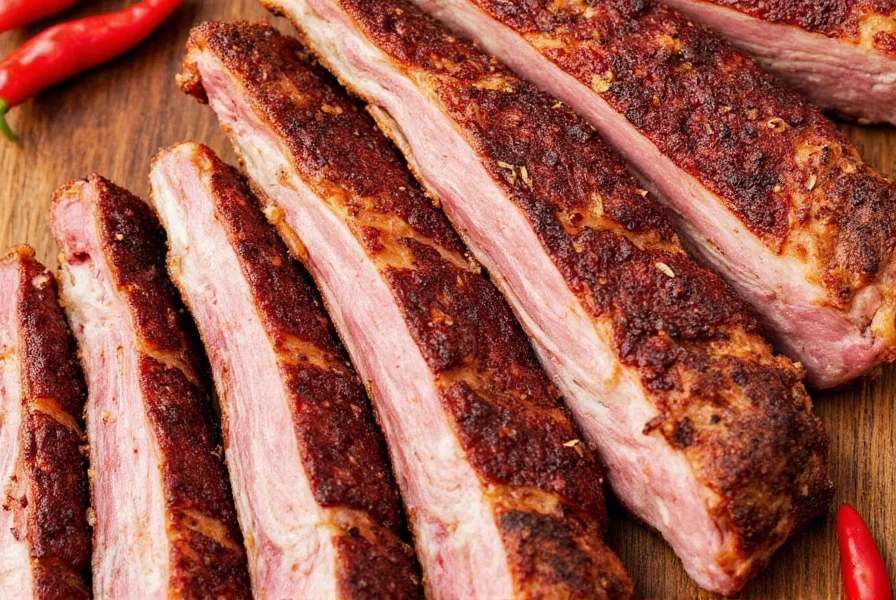
Pork Ribs
Pork ribs are the most popular rib variety for barbecue and grilling. They come in two main types:
- Baby back ribs (loin ribs): Smaller, curved, and leaner with less fat, cooking faster and more tender. Ideal for quick grilling or smoking.
- Spare ribs (sternum ribs): Larger, flatter, with more fat and connective tissue. Require longer cooking times but develop exceptional flavor when properly smoked or braised.
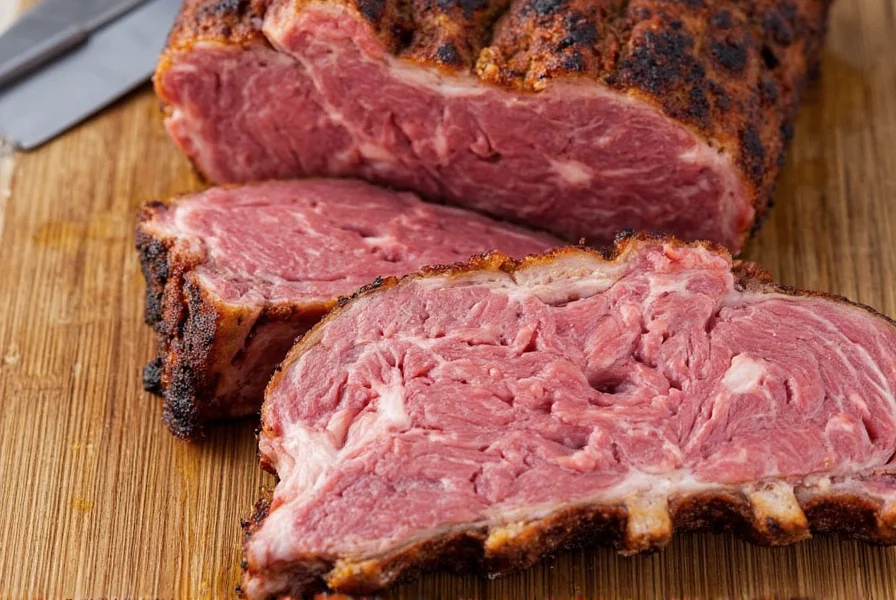
Lamb Ribs
Lamb ribs offer a distinct, gamey flavor profile that pairs well with Mediterranean and Middle Eastern spices. They're smaller than beef or pork ribs and have a delicate texture. Often prepared as rack of lamb or individual rib chops, they're excellent for quick searing or roasting at high temperatures.
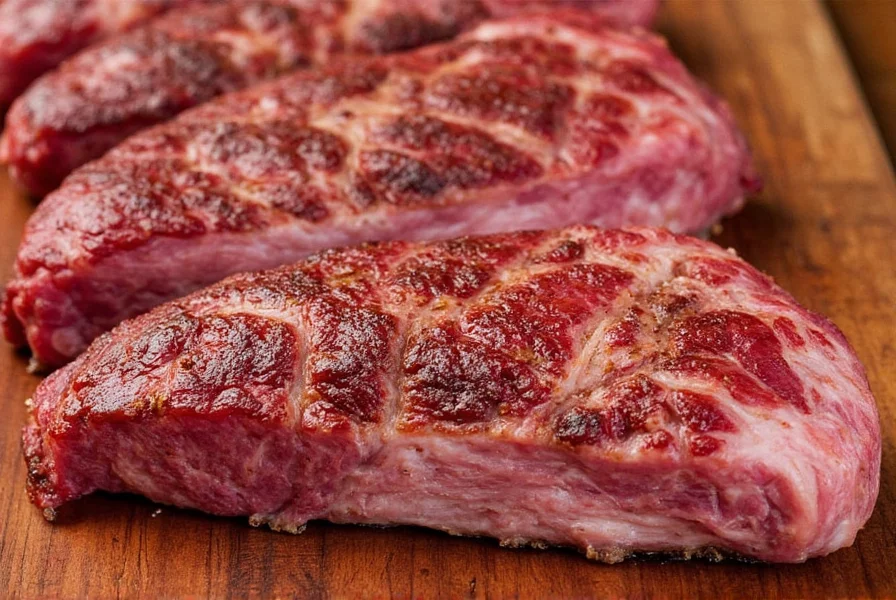
Cooking Tips for Rib Meat
Proper cooking techniques are crucial for bringing out the best in rib meat. Here are expert tips for different preparation methods:
- Low and slow cooking: For tougher cuts like beef short ribs and pork spare ribs, cook at 225-275°F (107-135°C) for 4-8 hours until tender. This breaks down connective tissues while preserving moisture.
- Direct heat grilling: For leaner cuts like baby back ribs and lamb ribs, use high heat (400-450°F/204-232°C) for 15-25 minutes, turning frequently for even cooking.
- Marinating: Use acid-based marinades (vinegar, citrus, wine) for 2-24 hours to tenderize and infuse flavor. Avoid over-marinating (more than 24 hours) which can make meat mushy.
- Dry rubs: Apply a mixture of salt, pepper, paprika, garlic powder, and brown sugar 1-2 hours before cooking to form a flavorful crust.
- Resting: Always let cooked rib meat rest for 10-15 minutes before slicing to allow juices to redistribute throughout the meat.
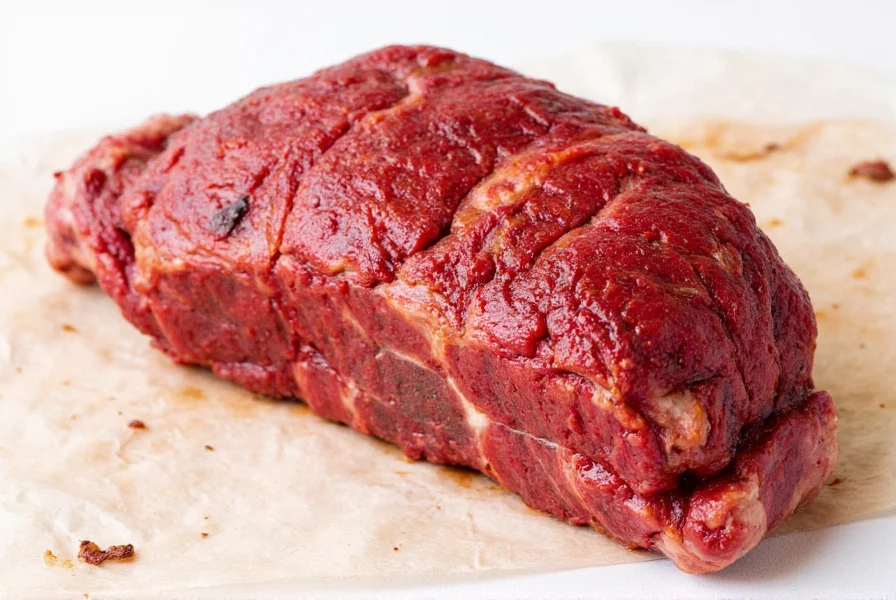
Buying Guide for Rib Meat
Choosing quality rib meat makes all the difference in your final dish. Here's what to look for:
| Feature | Importance | Why It Matters |
|---|---|---|
| Marbling | High | Well-marbled meat has more intramuscular fat, resulting in juicier, more flavorful results. |
| Color | High | Beef should be bright cherry red; pork should be pinkish-red; lamb should be pale pink. Avoid brown or gray discoloration. |
| Freshness | High | Look for a clean, fresh meat smell without sour or ammonia odors. The surface should be moist but not slimy. |
| Thickness | Moderate | Thicker cuts (1-1.5 inches) work best for slow cooking; thinner cuts (0.5-1 inch) are ideal for quick grilling. |
| Source | Moderate | Locally sourced or grass-fed meat often has better flavor and sustainability credentials. |
Recommended Products
1. Premium Beef Ribs
These USDA Prime beef short ribs are ideal for smoking or braising. They feature excellent marbling and come pre-trimmed for easy preparation. Perfect for special occasions or weekend barbecues.
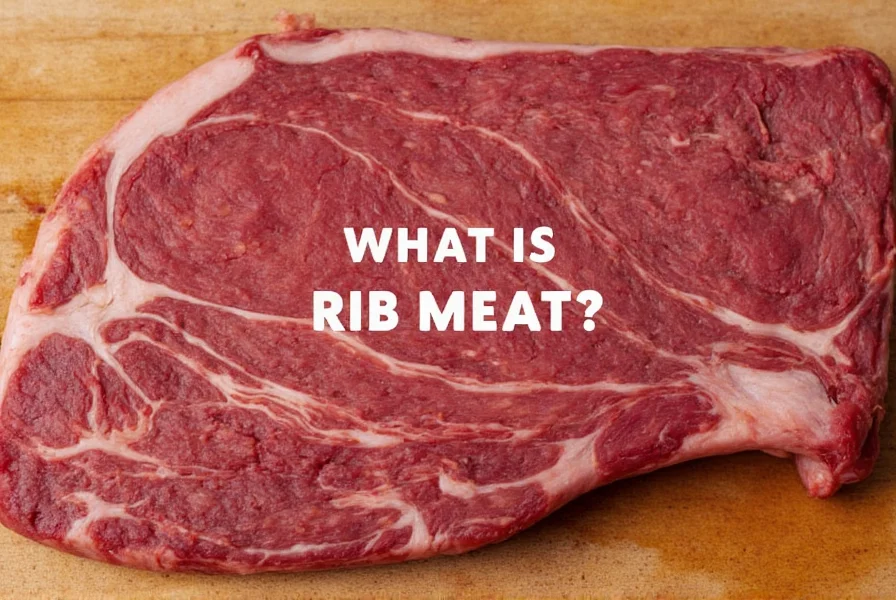
2. Smoked Pork Ribs
Pre-seasoned pork spare ribs ready to cook. They've been smoked with hickory wood for 6 hours, giving them a rich, smoky flavor. Simply reheat for a quick, delicious meal.
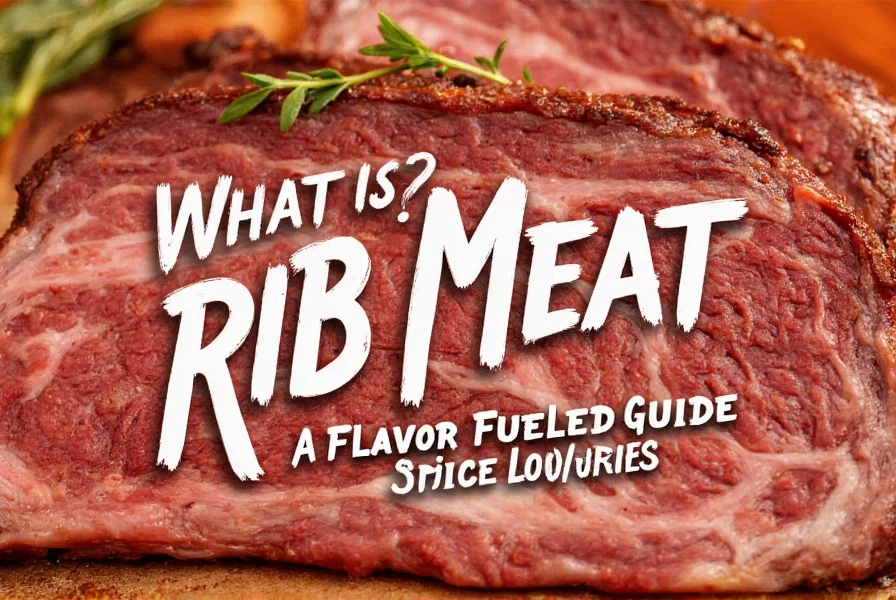
3. Organic Lamb Ribs
Grass-fed lamb ribs with delicate flavor and tender texture. Ideal for Mediterranean-style cooking with rosemary, garlic, and lemon. Perfect for quick searing or roasting.
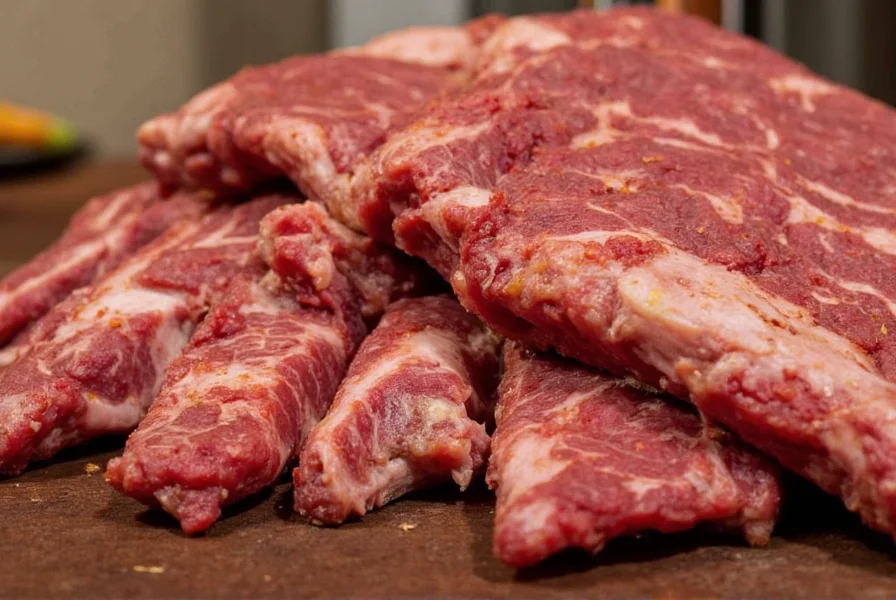
Frequently Asked Questions About Rib Meat
What exactly is rib meat?
Rib meat refers to cuts from the rib section of animals (beef, pork, lamb), typically ribs 6-12 in beef, 1-10 in pork. This area produces well-marbled, tender meat due to minimal exercise in this part of the animal. Common rib cuts include ribeye steaks, short ribs, baby back ribs, and spare ribs.
How do beef ribs differ from pork ribs?
Beef ribs are larger, meatier, and require longer cooking times (6-8 hours for short ribs) due to more connective tissue. Pork ribs (especially baby backs) cook faster (2-4 hours) and have a sweeter, milder flavor. Beef ribs have more intramuscular fat, while pork ribs have more external fat layers.
What's the best way to cook beef short ribs?
Beef short ribs benefit from low and slow cooking methods. Smoke at 225°F (107°C) for 6-8 hours or braise in liquid (wine, broth) at 300°F (149°C) for 3-4 hours until fork-tender. Finish with a quick sear for a flavorful crust.
How do I know when pork ribs are done?
Pork ribs are done when they reach an internal temperature of 195-205°F (90-96°C) and the meat pulls back from the bones by about 1/4 inch. The ribs should bend easily when lifted with tongs and the meat should separate from the bone with gentle pressure.
What spices work best for lamb ribs?
Lamb ribs pair beautifully with Mediterranean flavors like rosemary, garlic, oregano, and lemon. Middle Eastern spices such as cumin, coriander, sumac, and za'atar also complement their gamey flavor. A simple dry rub of salt, pepper, and smoked paprika works well for grilling.
Why is rib meat more expensive than other cuts?
Rib meat commands higher prices due to its limited availability (only 8-10% of the animal is rib section), superior marbling, tenderness, and high consumer demand. The rib section requires careful butchering and yields fewer cuts per animal compared to other sections like chuck or round.
Can I cook rib meat in an air fryer?
Yes! Air fryers work well for smaller rib cuts like baby back ribs or lamb rib chops. Cook at 375°F (190°C) for 15-20 minutes, flipping halfway. For larger cuts like beef short ribs, pre-cook in the oven or slow cooker before finishing in the air fryer for 5-10 minutes to crisp the exterior.
How should I store raw rib meat?
Store raw rib meat in its original packaging or in an airtight container in the refrigerator for up to 3-5 days. For longer storage, freeze in vacuum-sealed bags for up to 6 months. Always thaw frozen rib meat in the refrigerator (not at room temperature) to prevent bacterial growth.
What's the difference between spare ribs and baby back ribs?
Spare ribs come from the lower belly section of the pig and are larger, flatter, and contain more fat and bone. Baby back ribs come from the top of the rib cage near the spine and are smaller, curved, and leaner. Spare ribs require longer cooking times but have richer flavor, while baby backs cook faster and are more tender.
Is rib meat the same as ribeye steak?
No. Ribeye steak comes from the rib section but is a specific cut from the rib primal (ribs 6-12), while "rib meat" refers to the broader category of cuts from the rib section. Ribeye is a boneless steak cut from the rib section, while rib meat typically refers to bone-in cuts like short ribs or pork ribs.
Conclusion
Rib meat is a versatile and flavorful cut that deserves a place in every kitchen. Whether you're grilling, smoking, or slow-cooking, the right rib meat can transform your meal into something truly memorable. From beef to pork to lamb, each type brings its own unique qualities to the table. With the right preparation, seasoning, and cooking techniques, you can unlock the full potential of this delicious cut. So next time you're planning a meal, consider adding rib meat to your menu and let the spices do the rest.
Remember: What is rib meat? It's not just a cut of meat—it's a flavor-packed journey waiting to be explored.
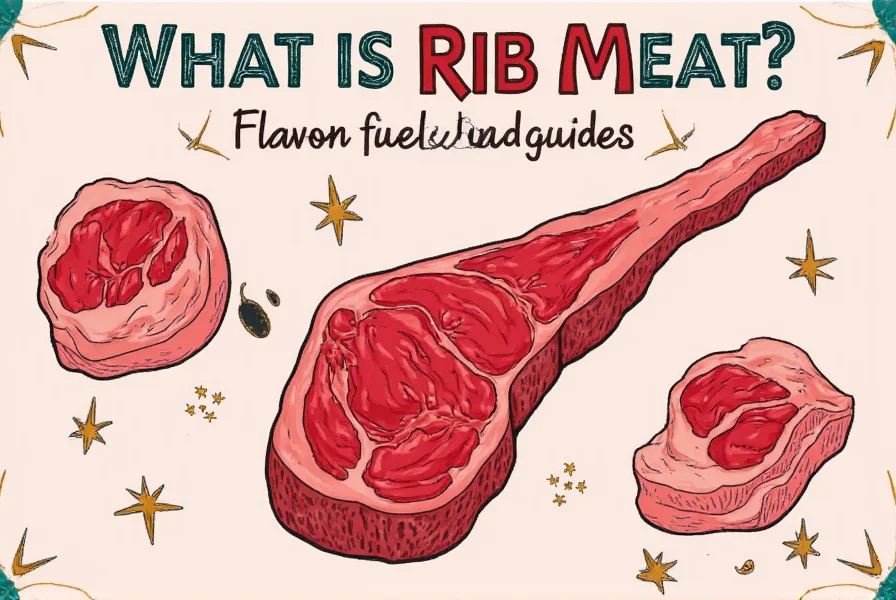

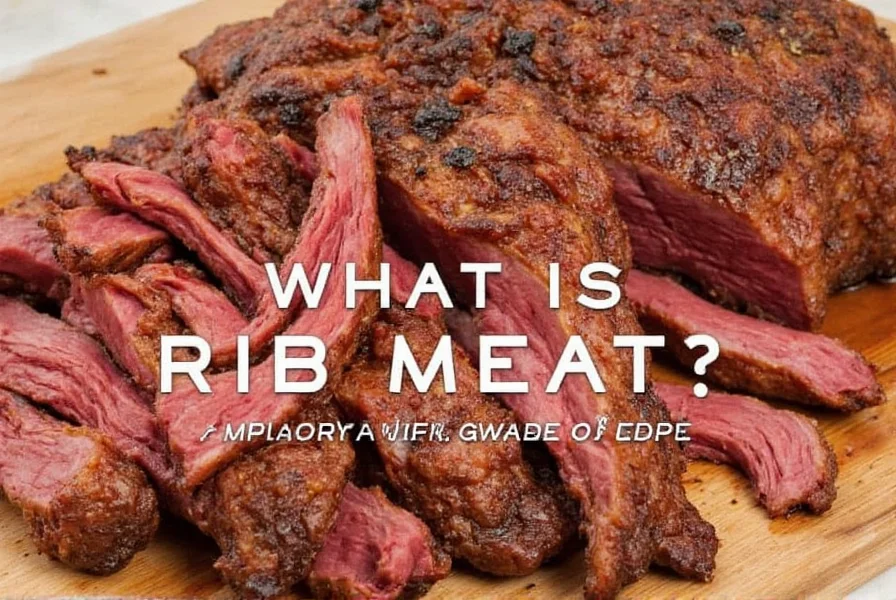









 浙公网安备
33010002000092号
浙公网安备
33010002000092号 浙B2-20120091-4
浙B2-20120091-4